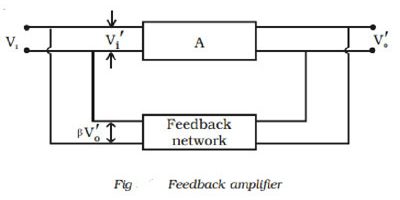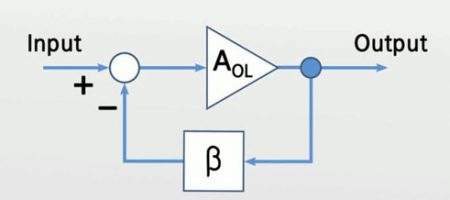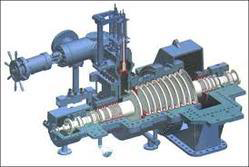Compare positive feedback and negative feedback
The parameter of comparison Positive feedback Negative feedback The overall phase shift 0 or 3600 1800 Feedback signal and the input signal. In phase. Out of phase. Input voltage. Increase due to feedback. Decrease due to feedback.
Difference between feeder and distributer
Feeder Distributor In the substance (s), the voltage magnitude is reduced to a utilization level and then the eclectic power is a distribution to the various area through the conductors which is known as feeders. The distributor
What is positive feedback
Positive feedback: If the feedback single (i.e. voltage or current) is applied in such a way that is in phase with the input and thus increase it, then it is called as positive feedback. Sometimes, it is
What is feedback amplifier and what is its type?

Feedback amplifier: A feedback amplifier is that in which a fraction of the amplifier output is fed back to the input circuit. This partial dependence of amplifier input on its output helps to control the output. Types
Advantages and disadvantages of negative feedback amplifier

There are some advantages of negative feedback amplifier which are given below, The negative feedback reduces noise. It has highly stabilized gain. It can control step response of amplifier. It has less harmonic distortion. It has less amplitude distortion.
What is extraction condensing steam turbine

Steam can be obtained at each stage of the multi-stage turbine. Extracted steam can be used to meet the demand of process consumer at an intermediate pressure and left over to the condenser. At condenser, steam is
Current balancing procedure
Thick over all possible combinations of phase load changes at each 3-phase connection point for either single-phase supplies or loads. When all selections have been made, consider the order in which loads are connected. It is so
What is power theft?
Power theft is a problem which has been plaguing a power utility a problem which has been plaguing a power utility since it’s service and accounts for a significant amount of high transmission and distribution losses in
Classification of oscillators
Classification of oscillators: Based on the output waveform: The oscillators are classified as: Sinusoidal oscillator Non-sinusoidal oscillator Based ON the circuit components: RC oscillators LC oscillators Crystal oscillates Based on the range of operating frequency: Low-frequency oscillators
Explain barkhausens criteria for oscillation
Barakhausens criterion: Consider a basic inverting amplifier with an open loop gain ‘A’. As basic amplifier is inverting it produces a phase shift of 1800 between input and output The amplifier to work as an oscillator two